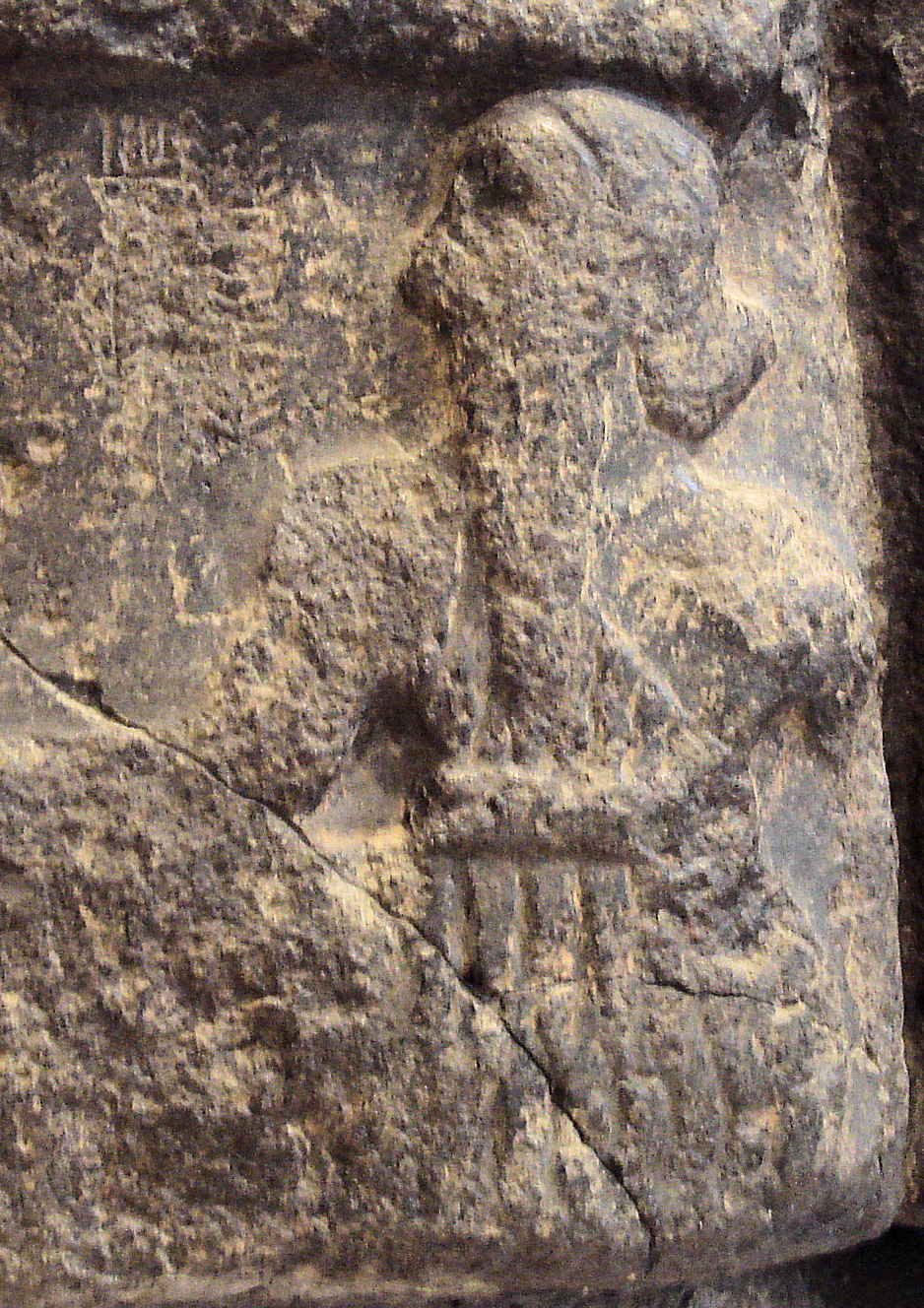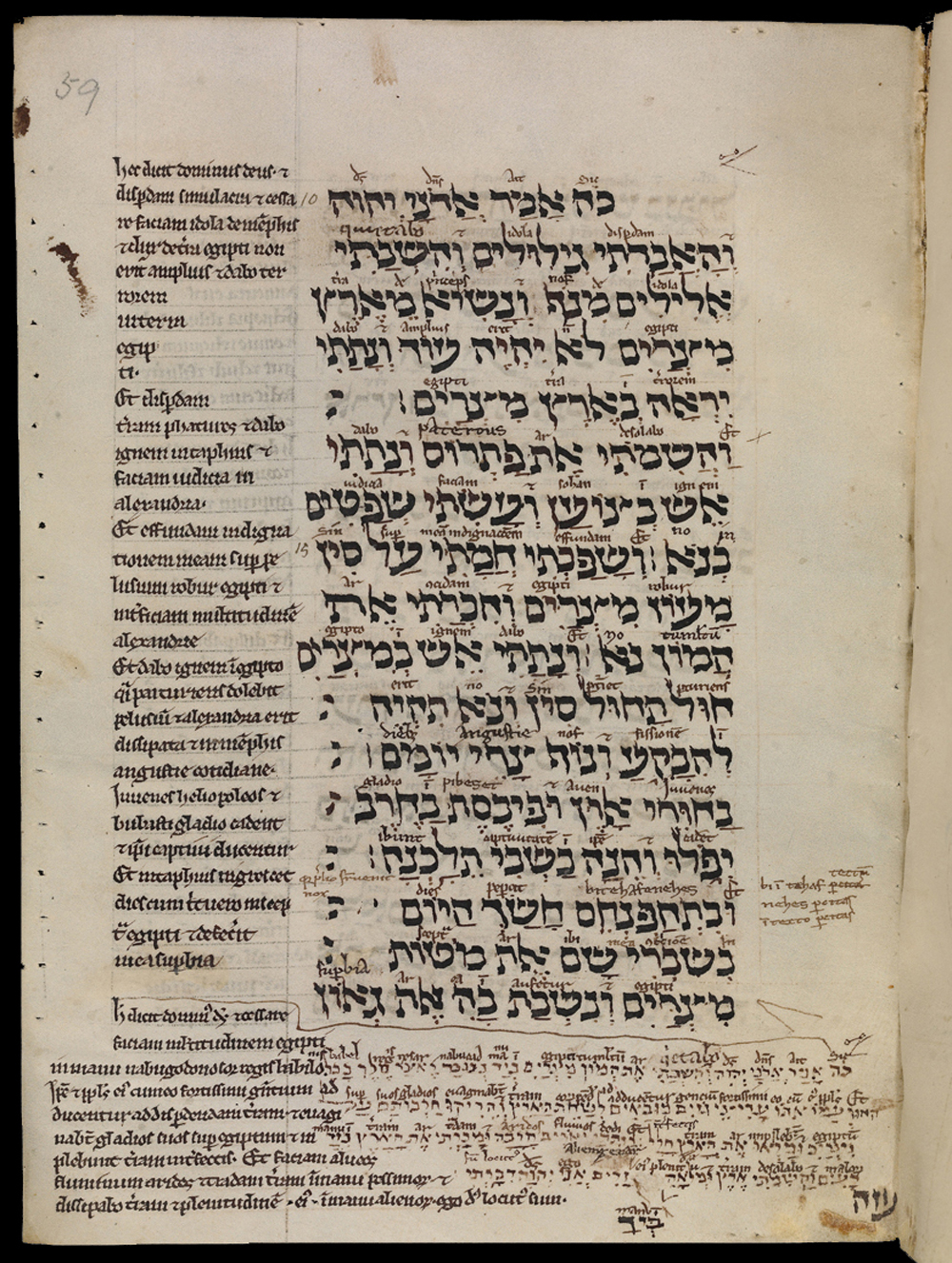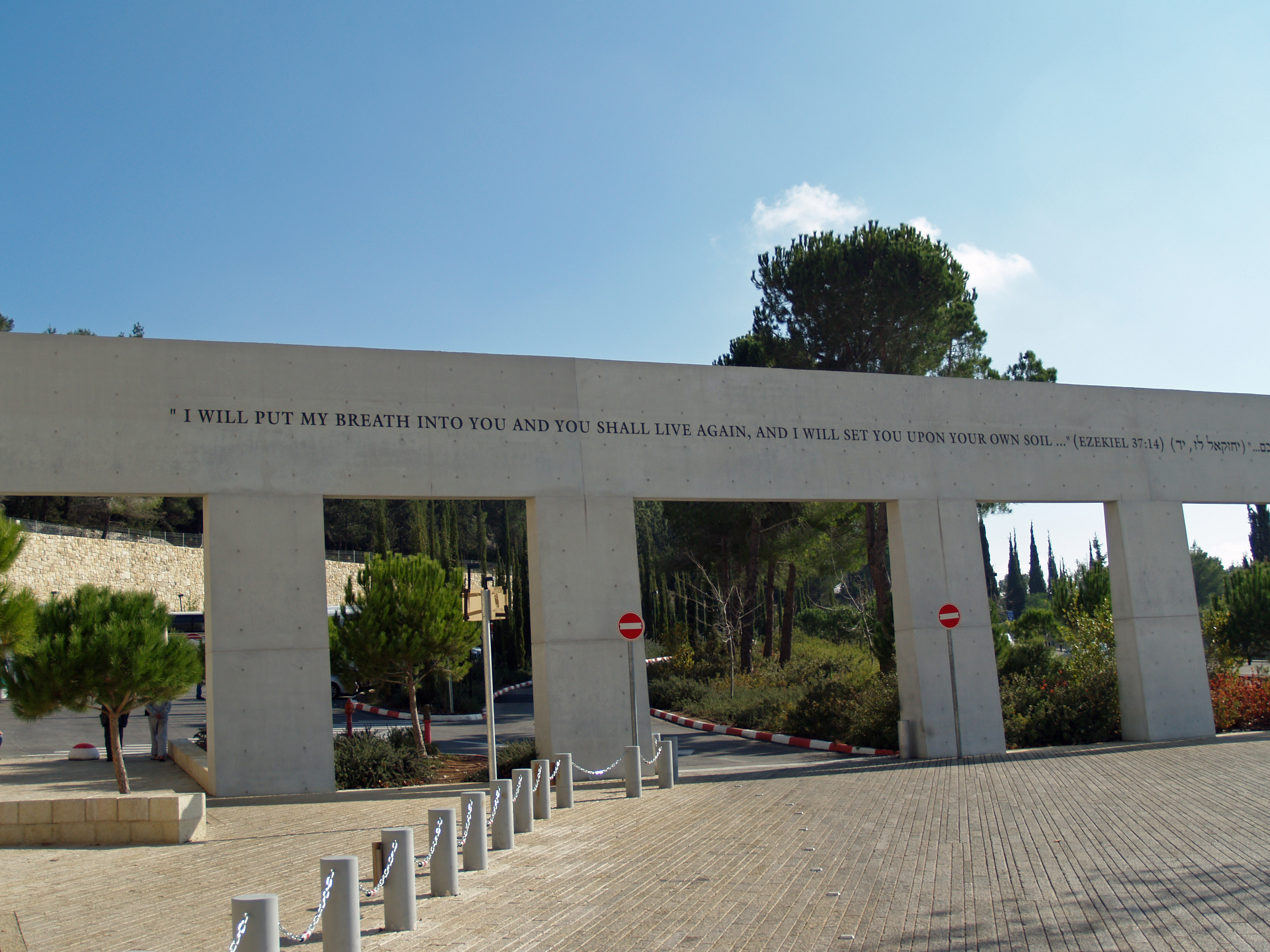|
Mina (unit)
The mina (; ; ; ; ; ; ) is an ancient Near Eastern unit of weight for silver or gold, equivalent to approximately , which was divided into 60 shekels. The mina, like the shekel, eventually also became a unit of currency. History Sumerian From earliest History of Sumer, Sumerian times, a mina was a unit of weight. At first, talents and shekels had not yet been introduced. By the time of Ur-Nammu (shortly before 2000 BCE), the mina had a value of Talent (weight), talent as well as 60 shekels. The weight of this mina is calculated at , or 570 grams of silver (18 troy ounces). Semitic languages The word mina comes from the ancient Semitic root / 'to count', Akkadian language, Akkadian , (), / (/), (), . It is mentioned in the Bible, where Solomon is reported to have made 300 shields, each with 3 "mina" of gold (), or later after the Edict of Cyrus II of Persia the people are reported to have donated 5000 minas of silver for the reconstruction of Solomon's Temple in Jerusalem ... [...More Info...] [...Related Items...] OR: [Wikipedia] [Google] [Baidu] |
Weight Shulgi Louvre AO22187
In science and engineering, the weight of an object is a quantity associated with the gravitational force exerted on the object by other objects in its environment, although there is some variation and debate as to the exact definition. Some standard textbooks define weight as a Euclidean vector, vector quantity, the gravitational force acting on the object. Others define weight as a scalar quantity, the magnitude of the gravitational force. Yet others define it as the magnitude of the reaction (physics), reaction force exerted on a body by mechanisms that counteract the effects of gravity: the weight is the quantity that is measured by, for example, a spring scale. Thus, in a state of free fall, the weight would be zero. In this sense of weight, terrestrial objects can be weightless: so if one ignores Drag (physics), air resistance, one could say the legendary apple falling from the tree, on its way to meet the ground near Isaac Newton, was weightless. The unit of measurement fo ... [...More Info...] [...Related Items...] OR: [Wikipedia] [Google] [Baidu] |
Jerusalem
Jerusalem is a city in the Southern Levant, on a plateau in the Judaean Mountains between the Mediterranean Sea, Mediterranean and the Dead Sea. It is one of the List of oldest continuously inhabited cities, oldest cities in the world, and is considered Holy city, holy to the three major Abrahamic religions—Judaism, Christianity, and Islam. Both Israel and Palestine claim Jerusalem as their capital city; Israel maintains its primary governmental institutions there, while Palestine ultimately foresees it as its seat of power. Neither claim is widely Status of Jerusalem, recognized internationally. Throughout History of Jerusalem, its long history, Jerusalem has been destroyed at least twice, Siege of Jerusalem (other), besieged 23 times, captured and recaptured 44 times, and attacked 52 times. According to Eric H. Cline's tally in Jerusalem Besieged. The part of Jerusalem called the City of David (historic), City of David shows first signs of settlement in the 4th ... [...More Info...] [...Related Items...] OR: [Wikipedia] [Google] [Baidu] |
Akkadian Empire
The Akkadian Empire () was the first known empire, succeeding the long-lived city-states of Sumer. Centered on the city of Akkad (city), Akkad ( or ) and its surrounding region, the empire united Akkadian language, Akkadian and Sumerian language, Sumerian speakers under one rule and exercised significant influence across Mesopotamia, the Levant, and Anatolia, sending military expeditions as far south as Dilmun and Magan (civilization), Magan (modern United Arab Emirates, Saudi Arabia, Bahrain, Qatar and Oman) in the Arabian Peninsula.Mish, Frederick C., Editor in Chief. "Akkad" ''iarchive:webstersninthne000merr, Webster's Ninth New Collegiate Dictionary''. ninth ed. Springfield, MA: Merriam-Webster 1985. ). The Akkadian Empire reached its political peak between the 24th and 22nd centuries BC, following the conquests by its founder Sargon of Akkad. Under Sargon and his successors, the Akkadian language was briefly imposed on neighboring conquered states such as Elam and Guti ... [...More Info...] [...Related Items...] OR: [Wikipedia] [Google] [Baidu] |
Mishneh Torah
The ''Mishneh Torah'' (), also known as ''Sefer Yad ha-Hazaka'' (), is a code of Rabbinic Jewish religious law (''halakha'') authored by Maimonides (Rabbi Moshe ben Maimon/Rambam). The ''Mishneh Torah'' was compiled between 1170 and 1180 CE (4930 and 4940 AM), while Maimonides was living in Egypt, and is regarded as Maimonides' '' magnum opus''. Accordingly, later sources simply refer to the work as "''Maimon''", "''Maimonides''", or "''RaMBaM''", although Maimonides composed other works. ''Mishneh Torah'' consists of fourteen books, subdivided into sections, chapters, and paragraphs. It is the only medieval-era work that details all of Jewish observance, including those laws that are only applicable when the Temple in Jerusalem is in existence, and remains an important work in Judaism. Its title is an appellation originally used for the Biblical book of Deuteronomy, and its moniker, "Book of the Strong Hand", derives from its subdivision into fourteen books: the numerical v ... [...More Info...] [...Related Items...] OR: [Wikipedia] [Google] [Baidu] |
Denarius
The ''denarius'' (; : ''dēnāriī'', ) was the standard Ancient Rome, Roman silver coin from its introduction in the Second Punic War to the reign of Gordian III (AD 238–244), when it was gradually replaced by the ''antoninianus''. It continued to be minted in very small quantities, likely for ceremonial purposes, until and through the Tetrarchy (293–313). The word ''dēnārius'' is derived from the Latin ''dēnī'' "containing ten", as its value was originally of 10 ''As (Roman coin), assēs''.Its value was increased to 16 assēs in the middle of the 2nd century BC. The word for "money" descends from it in Italian (''denaro''), Slovene (''denar''), Portuguese (''dinheiro''), and Spanish (''dinero''). Its name also survives in the dinar currency. Its symbol is represented in Unicode as 𐆖 (U+10196), a numeral monogram that appeared on the obverse in the Republican period, denoting the 10 ''asses'' ("X") to 1 ''denarius'' ("I") conversion rate. However it can also be re ... [...More Info...] [...Related Items...] OR: [Wikipedia] [Google] [Baidu] |
Gospel Of Matthew
The Gospel of Matthew is the first book of the New Testament of the Bible and one of the three synoptic Gospels. It tells the story of who the author believes is Israel's messiah (Christ (title), Christ), Jesus, resurrection of Jesus, his resurrection, and his Great Commission, mission to the world. Matthew wishes to emphasize that the Jewish Christianity, Jewish tradition should not be lost in a church that was increasingly becoming gentile. The gospel reflects the struggles and conflicts between the evangelist's community and the other Jews, particularly with its sharp criticism of the scribes, chief priests and Pharisees with the position that the Kingdom of God (Christianity), Kingdom of Heaven has been taken away from them and given instead to the church. Scholars find numerous problems with the traditional attribution to the Matthew the Apostle, Apostle Matthew, though it is possible the gospel incorporates a source written by the disciple. The predominant scholarly view ... [...More Info...] [...Related Items...] OR: [Wikipedia] [Google] [Baidu] |
Gospel Of Luke
The Gospel of Luke is the third of the New Testament's four canonical Gospels. It tells of the origins, Nativity of Jesus, birth, Ministry of Jesus, ministry, Crucifixion of Jesus, death, Resurrection of Jesus, resurrection, and Ascension of Jesus, ascension of Jesus. Together with the Acts of the Apostles, it makes up a two-volume work which scholars call Luke–Acts, accounting for 27.5% of the New Testament. The combined work divides the Christianity in the 1st century, history of first-century Christianity into three stages, with the gospel making up the first two of these – the life of Jesus the messiah (Christ (title), Christ) from his birth to the beginning of his mission in the meeting with John the Baptist, followed by his ministry with events such as the Sermon on the Plain and its Beatitudes, and his Passion of Jesus, Passion, death, and resurrection. Most modern scholars agree that the main sources used for Luke were (1) the Gospel of Mark; (2) a hypothetical col ... [...More Info...] [...Related Items...] OR: [Wikipedia] [Google] [Baidu] |
Parable Of The Minas
The Parable of the Talents (also the Parable of the Minas) is one of the parables of Jesus. It appears in two of the synoptic, canonical gospels of the New Testament: * * Although the basic theme of each of these parables is essentially the same, the differences between the parables in the Gospel of Matthew and in the Gospel of Luke are sufficient to indicate that the parables are not derived from the same source. In Matthew, the opening words link the parable to the preceding Parable of the Ten Virgins, which refers to the Kingdom of Heaven. The version in Luke is also called the Parable of the Pounds. In both Matthew and Luke, a master puts his servants in charge of his goods while he is away on a trip. Upon his return, the master assesses the stewardship of his servants. He evaluates them according to how faithful each was in making wise investments of his goods to obtain a profit. It is clear that the master sought some profit from the servants' oversight. A gain indic ... [...More Info...] [...Related Items...] OR: [Wikipedia] [Google] [Baidu] |
Jesus Of Nazareth
Jesus ( AD 30 or 33), also referred to as Jesus Christ, Jesus of Nazareth, and many other names and titles, was a 1st-century Jewish preacher and religious leader. He is the central figure of Christianity, the world's largest religion. Most Christians consider Jesus to be the incarnation of God the Son and awaited messiah, or Christ, a descendant from the Davidic line that is prophesied in the Old Testament. Virtually all modern scholars of antiquity agree that Jesus existed historically. Accounts of Jesus's life are contained in the Gospels, especially the four canonical Gospels in the New Testament. Since the Enlightenment, academic research has yielded various views on the historical reliability of the Gospels and how closely they reflect the historical Jesus. According to Christian tradition, as preserved in the Gospels and the Acts of the Apostles, Jesus was circumcised at eight days old, was baptized by John the Baptist as a young adult, and after 40 ... [...More Info...] [...Related Items...] OR: [Wikipedia] [Google] [Baidu] |
Book Of Ezekiel
The Book of Ezekiel is the third of the Nevi'im#Latter Prophets, Latter Prophets in the Hebrew Bible, Tanakh (Hebrew Bible) and one of the Major Prophets, major prophetic books in the Christian Bible, where it follows Book of Isaiah, Isaiah and book of Jeremiah, Jeremiah. According to the book itself, it records six visions of the Biblical prophet, prophet Ezekiel, exiled in Babylon, during the 22 years from 593 to 571 BC. It is the product of a long and complex history and does not necessarily preserve the words of the prophet. The visions and the book are structured around three themes: (1) judgment on Israel (chapters 1–24); (2) judgment on the nations (chapters 25–32); and (3) future blessings for Israel (chapters 33–48). Its themes include the concepts of the Divine presence#Judaism, presence of God, purity, Israel as a divine community, and individual responsibility to God. Its later influence has included the development of Mysticism, mystical and apocalyptic tr ... [...More Info...] [...Related Items...] OR: [Wikipedia] [Google] [Baidu] |
King James Version
The King James Version (KJV), also the King James Bible (KJB) and the Authorized Version (AV), is an Early Modern English Bible translations, Early Modern English translation of the Christianity, Christian Bible for the Church of England, which was commissioned in 1604 and published in 1611, by sponsorship of King James VI and I. The List of books of the King James Version, 80 books of the King James Version include 39 books of the Old Testament, 14 books of Biblical apocrypha, Apocrypha, and the 27 books of the New Testament. Noted for its "majesty of style", the King James Version has been described as one of the most important books in English culture and a driving force in the shaping of the English-speaking world. The King James Version remains the preferred translation of many Protestant Christians, and is considered King James Only movement, the only valid one by some Evangelicals. It is considered one of the important literary accomplishments of early modern England ... [...More Info...] [...Related Items...] OR: [Wikipedia] [Google] [Baidu] |
Ezekiel
Ezekiel, also spelled Ezechiel (; ; ), was an Israelite priest. The Book of Ezekiel, relating his visions and acts, is named after him. The Abrahamic religions acknowledge Ezekiel as a prophet. According to the narrative, Ezekiel prophesied the destruction of Judah's capital city Jerusalem. In 587 BC, the Neo-Babylonian Empire conquered Jerusalem, destroyed Solomon's Temple, and sent the Judahite upper classes into the Babylonian captivity. However, Ezekiel also prophesied the eventual restoration of the Jewish people to the Land of Israel. It is believed he died around 570 BC; Ezekiel's Tomb is a Jewish religious site in Mesopotamia. Three decades later, in 539 BC, the Persian empire conquered Babylon and the Edict of Cyrus repatriated the exiles. The name "Ezekiel" means "God is strong" or "God strengthens" in Hebrew. Biblical account The author of the Book of Ezekiel presents himself as Ezekiel, the son of Buzi, born into a priestly ( kohen) lineage. The aut ... [...More Info...] [...Related Items...] OR: [Wikipedia] [Google] [Baidu] |









